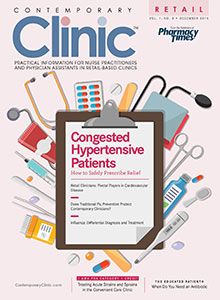The Impact of Loud Noise Exposure on Cardiovascular Health
In a recent study, a correlation was found between bilateral high-frequency hearing loss and coronary heart disease.
In a recent study published inOccupational and Environmental Medicine, a correlation was found between bilateral high-frequency hearing loss and coronary heart disease (CHD). Participants in the study who had been exposed to loud noise, due to their occupation, were most strongly linked with bilateral high-frequency hearing loss, compared with patients with normal high-frequency hearing or unilateral high-frequency hearing loss.
Participants were pooled from the US National Health and Nutrition Examination Survey 1999—2004, which includes a series of surveys that employ a strategic sampling formula. For the purpose of this study, loud noise at the workplace was defined as at least 3 months of noise loud enough for the need to speak in a raised voice. Leisure time loud noise included exposure to firearms, loud music, or power tools an average of at least once a month for a year.
A total of 12% of participants with bilateral high-frequency hearing loss had CHD, versus 2% and 5%, respectively, for those with normal high-frequency hearing and unilateral high-frequency hearing loss. Compared with those with normal high-frequency hearing, those with bilateral high-frequency hearing loss were 1.91 times more likely to have CHD.
This finding was present in those who experienced loud noise in either the workplace or during leisure time, but was strongest with those who were exposed in the workplace. Of note, loud noise exposure in the workplace had no significant correlation with unilateral high-frequency hearing loss or unilateral/ bilateral low-frequency hearing loss and CHD.

